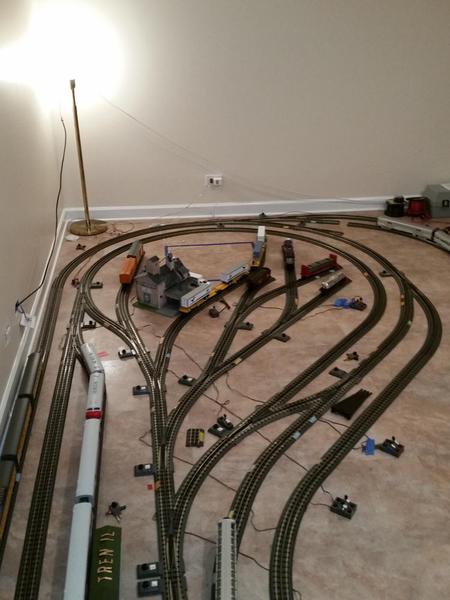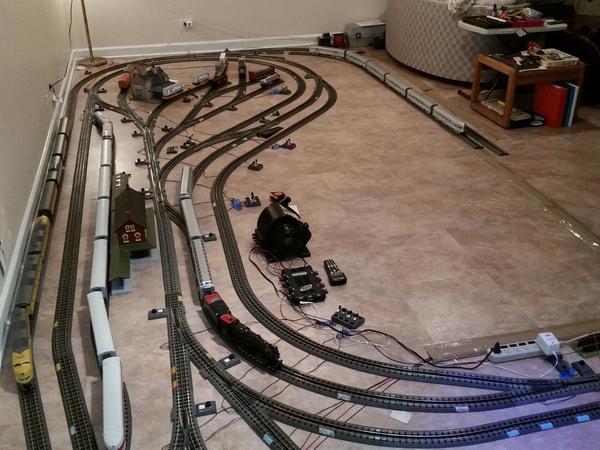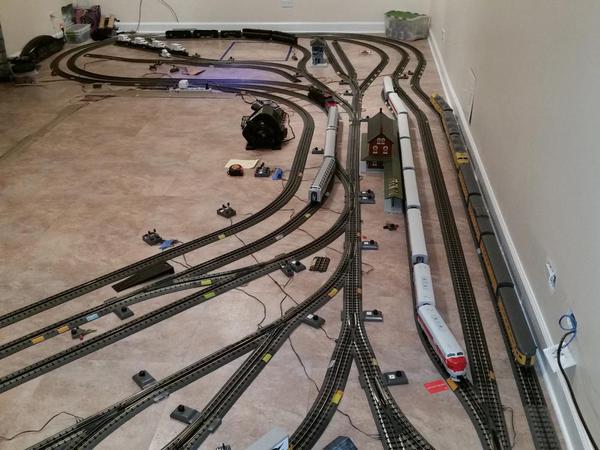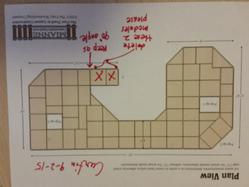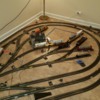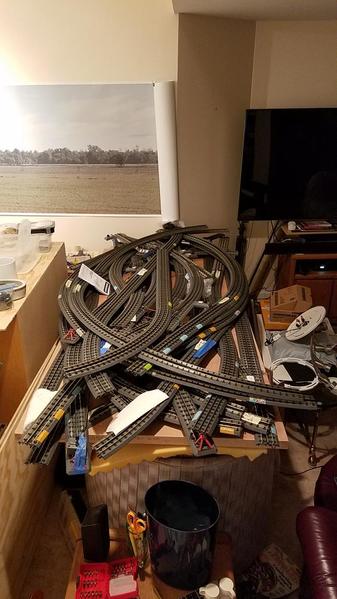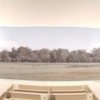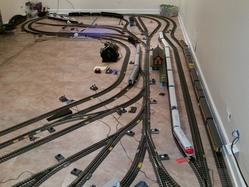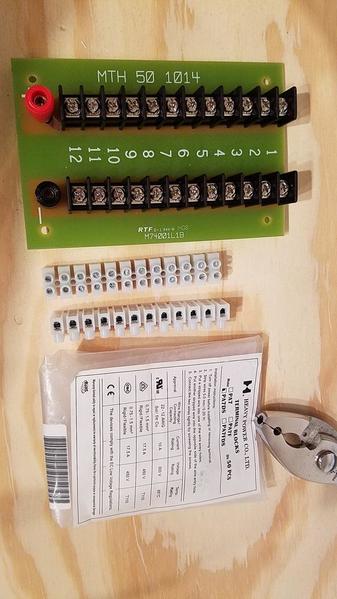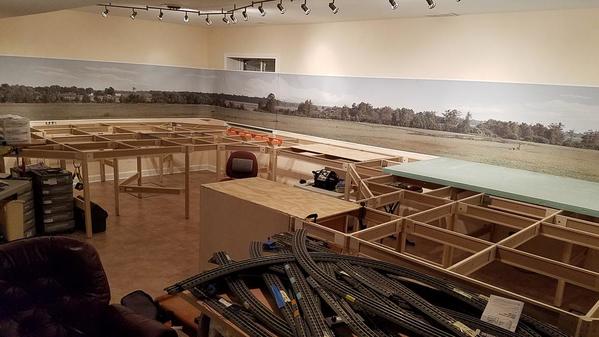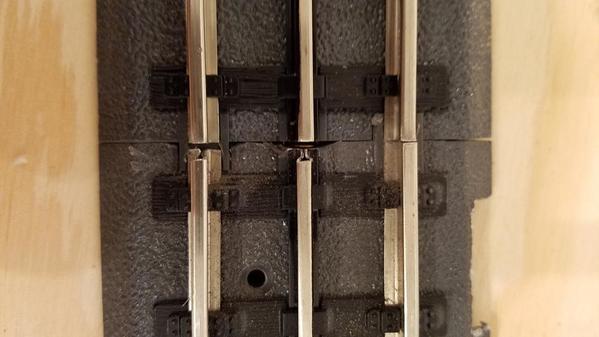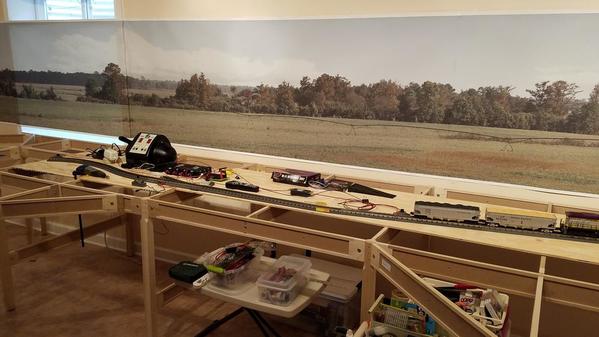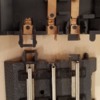In the first iteration of this post (https://ogrforum.ogaugerr.com/t...from-the-pros?page=1) I requested and received excellent advice. I started this new thread/post because the space available to me in my basement really doubled (after fixing some flood water damage) and thus it's like a whole new layout.
With design help from several individuals (Moonman and especially Todd S. who shared MANY iterations of an rrt plan with me) I have been able to achieve many of my original goals for the layout which were:
* run at least 2 trains on separate main lines, * sidings to park trains, * capability to reverse both mainlines, * yard for storage, * track to run some switching ops or puzzle. I'll put in a short video that actually shows 3 trains running at once.
Right now, I'm looking for some help/suggestions re switching operation possibilities in the dogbone ends (South dogbone area especially). Most of the rrt's until recently have shown a turntable in that area but I don't see having $1500 available for one of those any time soon. So. I've been playing with different track arrangements around the access openings which are now fixed in size and location (because I will use Mianne benchwork and that layout is set.) Any suggestions here would be appreciated. I'll include a few photos of where things stand as of today (not exactly as either of the attached rrts are drawn).
The photos show that I took out some of the yard tracks (shown on the rrts) to facilitate moving around the layout; the length and number of the yard tracks will be determined to some extent after and as I see how the room looks and feels when the bench work starts to go up.
2 other questions: does anyone see any need for any other connection between outer and inner main lines and if so, where? Any tricks I should know about for turnouts in the type of "yard" I'm contemplating for this layout? Oh, and has anyone ever seen any kind of a lazy susan adapted for use as a round table for manual turning of locos??
Thanks to all for considering the above questions.




